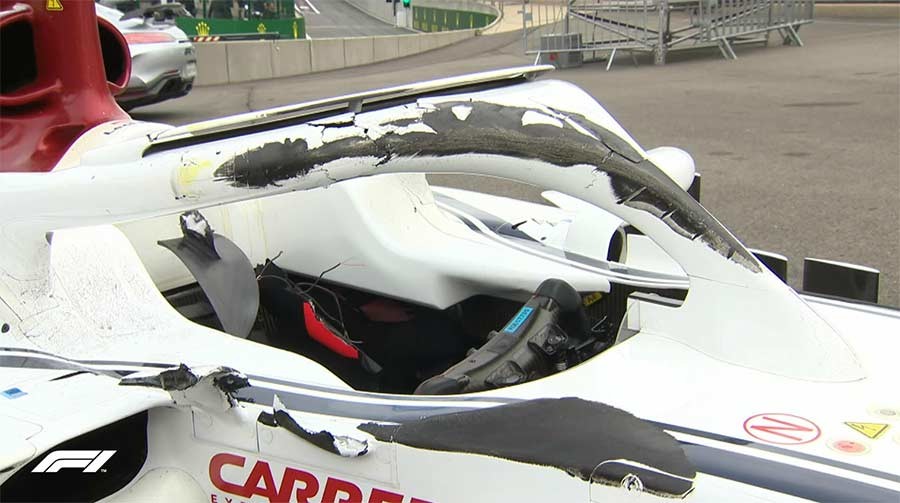Adverts
Welcome to an exhilarating dive into the world of Formula 1, where the quest for maximum speed intertwines with a remarkable journey towards improved safety.
In this article, we'll explore the fascinating history of F1, remember accidents that shaped safety awareness, and celebrate the advances that transformed the series into a safer, more exciting sport.
Adverts
The Birth of Formula 1
The history of Formula 1 dates back to the 1950s, when daring drivers competed in open cars, defying speed limits and capturing the world's attention. However, this early era was not without tragedy.
Accidents were frequent, and safety was a secondary concern.
Adverts
Accidents that Shocked the World
The 1960s were marked by events that shook F1. In 1961, champion Phil Hill lost his teammate and friend Wolfgang von Trips in a tragic accident. The following decade saw the premature loss of talents such as Jim Clark and Jochen Rindt.
These dark moments were a wake-up call to the urgent need to improve safety on the slopes.
The Security Revolution in the 1970s
The tragic death of Niki Lauda in 1976 during the German Grand Prix was a watershed moment.
Lauda survived the horrific crash, but his burns highlighted gaps in safety. This experience drove substantial changes, including the introduction of stricter standards for pilots' helmets.
See too:
Security Icons and Emerging Technology
The 1980s brought significant innovations in security. The legendary rivalry between Ayrton Senna and Alain Prost, although intense, coincided with improvements in car technology, such as advances in braking systems and chassis construction.
Security was slowly becoming a priority.
The Tragedy of Imola and the Definitive Awakening
The tragic weekend in Imola, 1994, with the death of Ayrton Senna and Roland Ratzenberger, was a watershed.
The FIA (International Automobile Federation) has re-evaluated its safety standards, implementing wide-ranging changes including track reviews and car modifications.
21st Century Innovations
The new millennium has seen a revolution in security technology. The Head Protection System (HANS), introduced in 2003, has dramatically reduced the risk of neck injuries in accidents.
Additionally, controlled crumple zones on the cars and continued track improvements have solidified the commitment to safety.
Celebrating Life and Speed in Balance

Today, F1 is a sport where speed coexists with rigorous safety standards. Pilots have safe cockpits, state-of-the-art helmets and advanced technology to protect them in extreme conditions.
Serious accidents are rare, and the immediate response from medical teams is a testament to the ongoing commitment to safety.
A Future on Safe Wheels
As F1 moves into the future, the evolution of safety will continue. Innovations in materials, artificial intelligence and medical technology promise to make the tracks even safer.
Formula 1, an arena where speed is the essence, shows the world that it is possible to reach high speeds without compromising the safety of drivers.
At every turn and straight, Formula 1 not only celebrates technical excellence, but also serves as a beacon of how dedication to safety can transform a sport.
On this dynamic stage, the evolution of safety continues to be a narrative that excites, inspires and elevates the experience of passionate speed fans.
